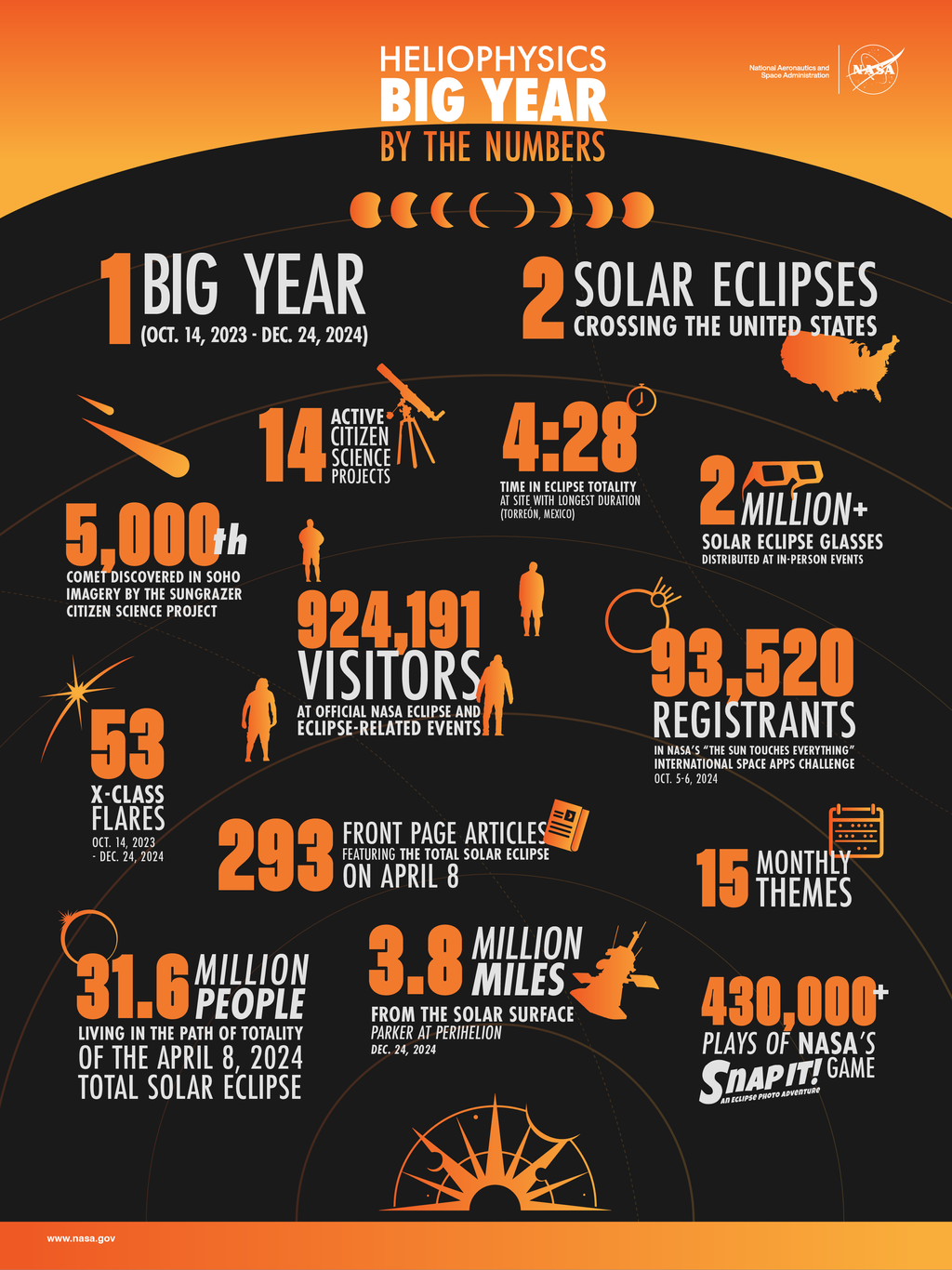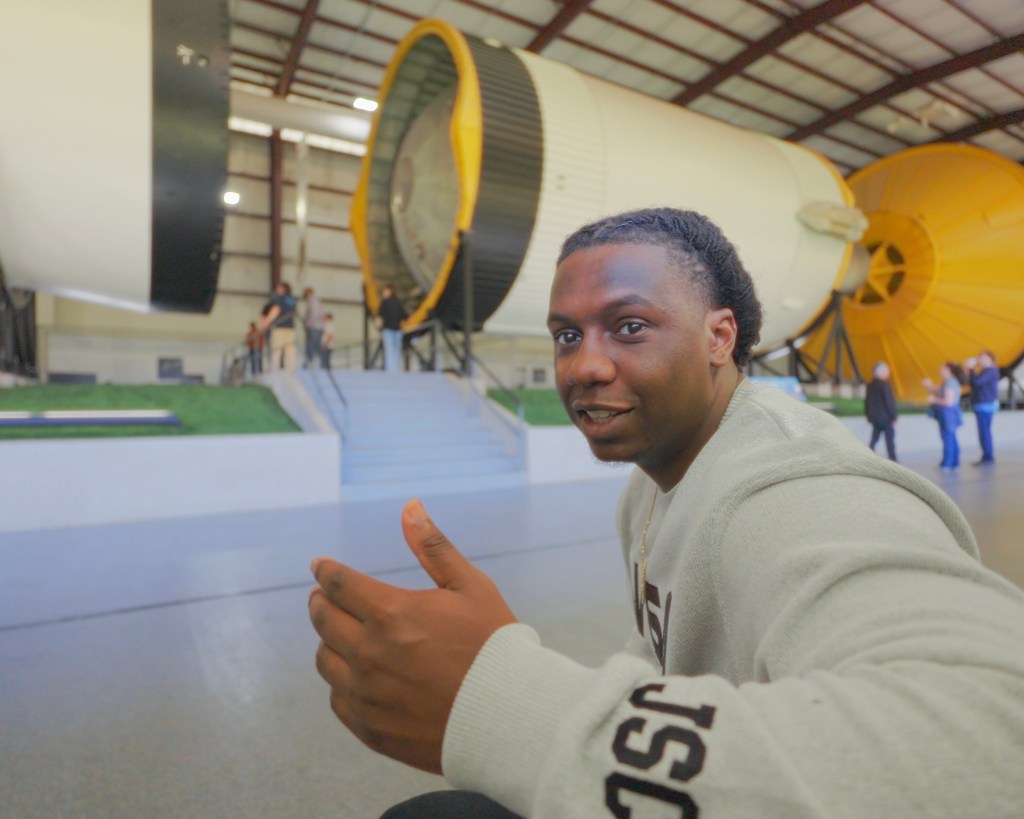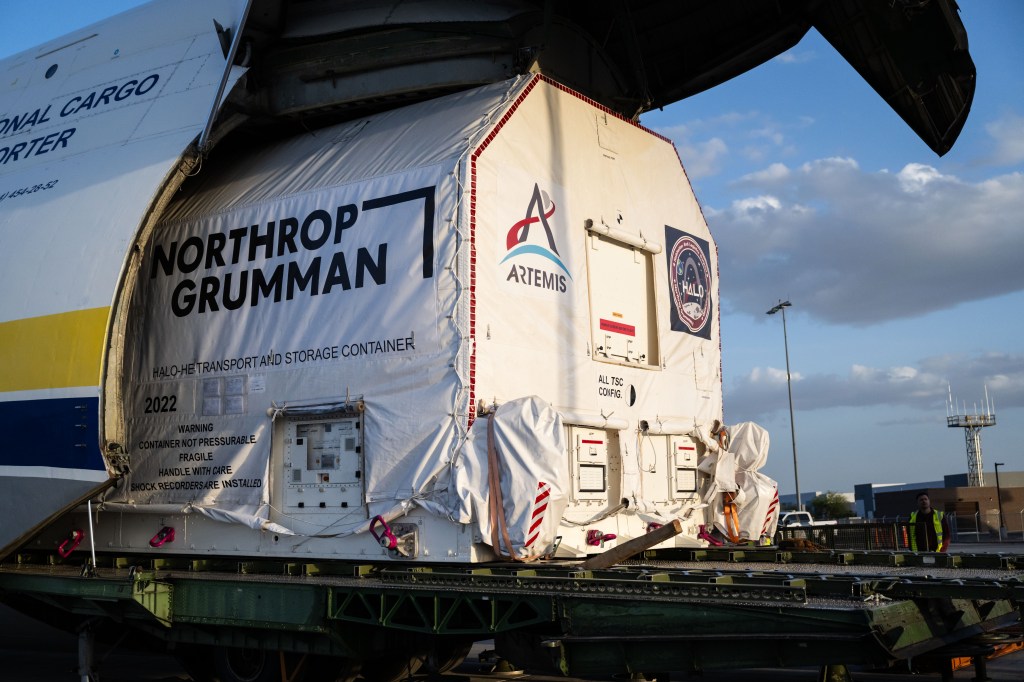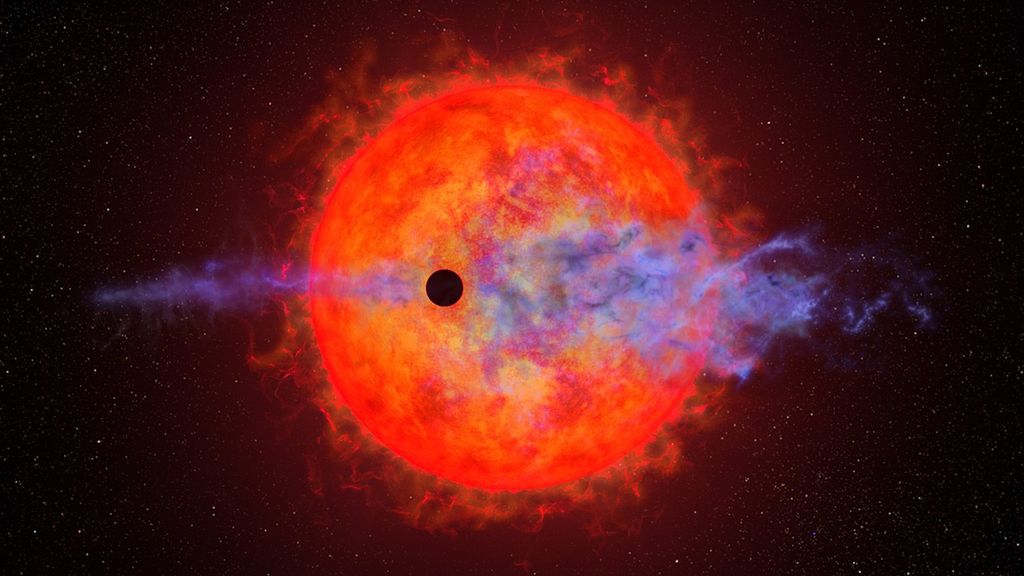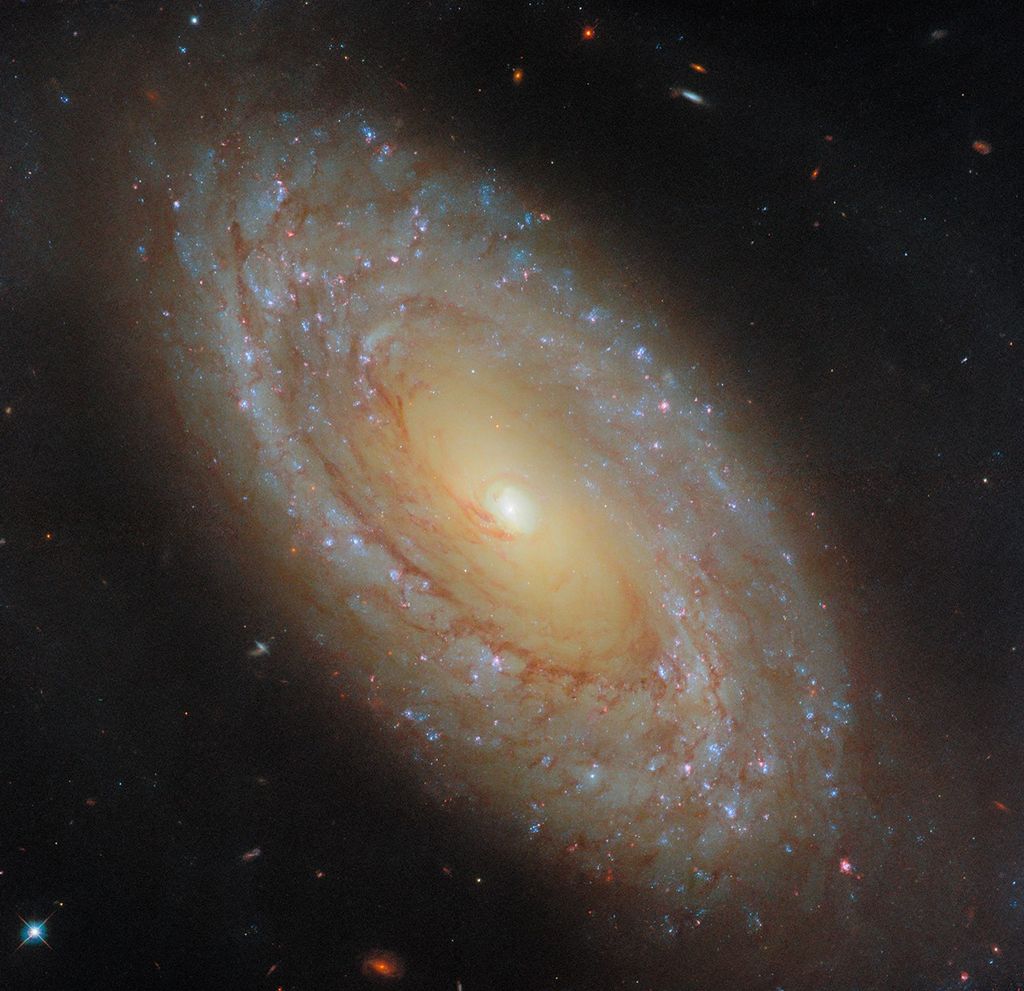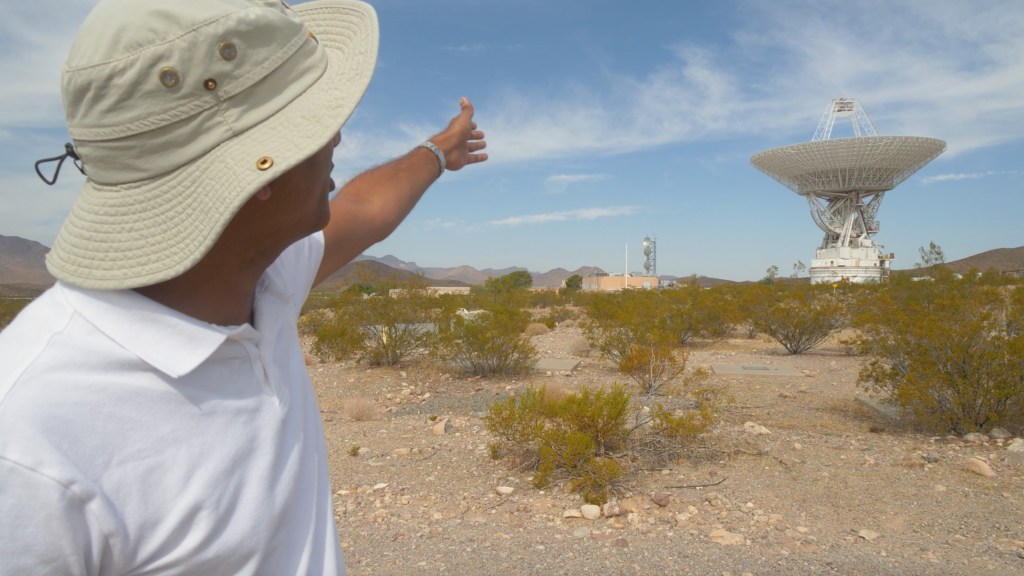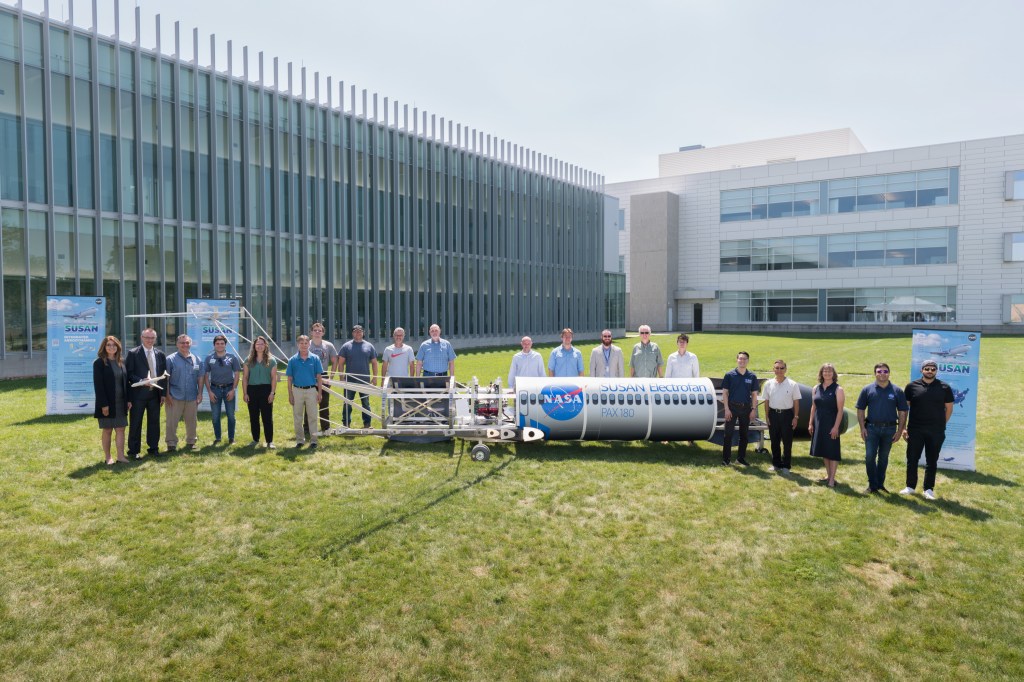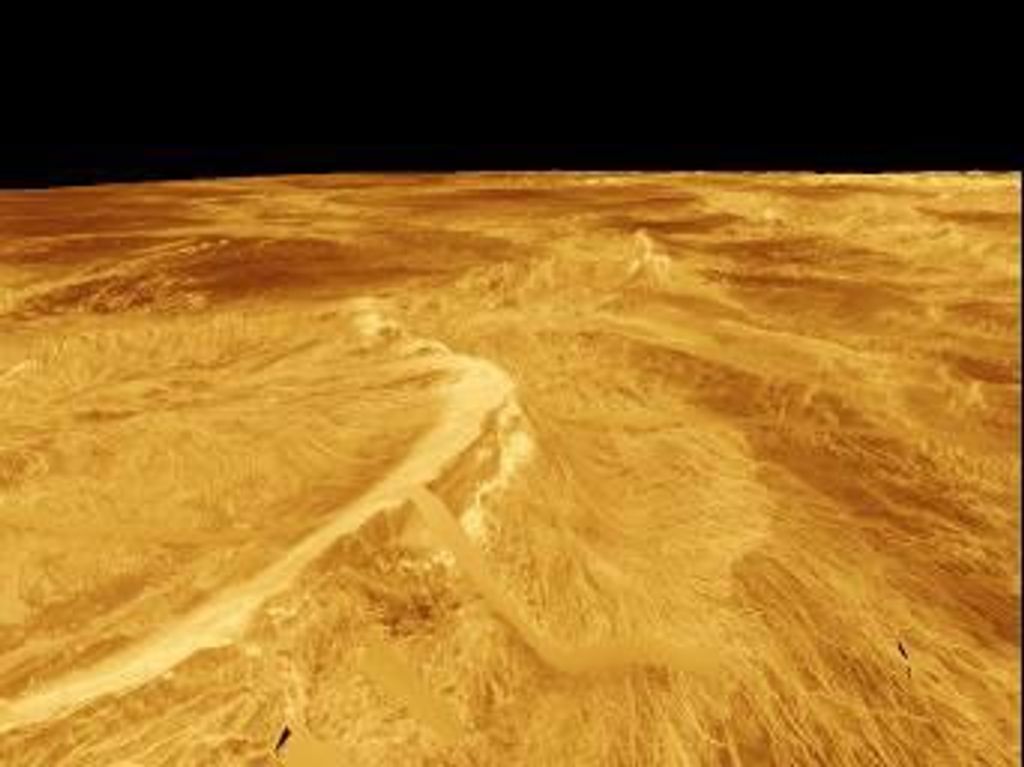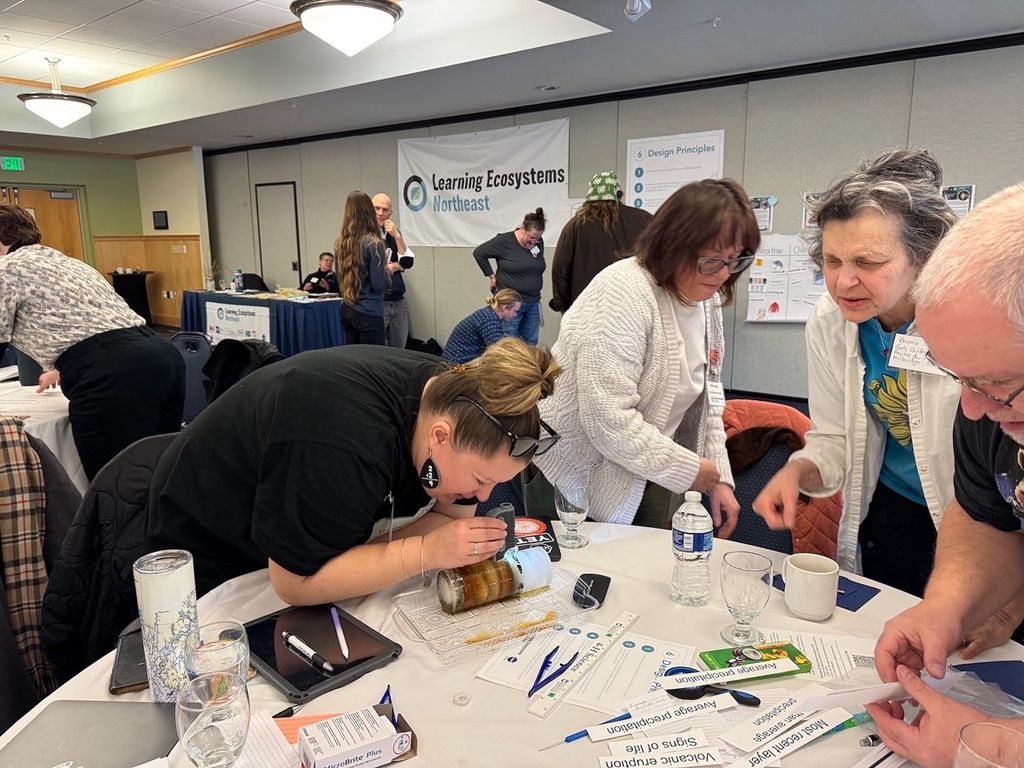Vytas SunSpiral
NASA ARC
NIAC Sunspiral Super Ball Bot Phase II Final Report
Presentation: Super Ball Bot – Structures for Planetary Landing and Exploration
Description
Small, light-weight and low-cost missions will become increasingly important to NASA’s exploration goals. Ideally teams of small, collapsible robots, weighing only a few kilograms apiece, will be conveniently packed during launch and would reliably separate and unpack at their destination. Such robots will allow rapid, reliable in-situ exploration of hazardous destination such as Titan, where imprecise terrain knowledge and unstable precipitation cycles make single-robot exploration problematic. Unfortunately landing lightweight conventional robots is difficult with current technology. Current robot designs are delicate, requiring a complex combination of devices such as parachutes, retrorockets and impact balloons to minimize impact forces and to place a robot in a proper orientation. Instead, we are developing a radically different robot based on a “tensegrity” built purely upon tensile and compression elements. Such robots can be both a landing and a mobility platform allowing for a dramatically simpler mission profile and reduced costs. These multi-purpose robots can be light-weight, absorb strong impacts, are redundant against single-point failures, can recover from different landing orientations and are easy to collapse and uncollapse. These properties allow for unique mission profiles that can be carried out with low cost and high reliability. We believe tensegrity robot technology can play a critical role in future planetary exploration.
Key Objectives of Proposal:
Hardware Prototype: Verify viability and practicality of a tensegrity robot in hardware by building a tensegrity robot capable of rolling using a modular architecture.
Controls: Identify control methods allowing for navigation, control of larger more complex tensegrity robot configurations, reliably traversing difficult terrain and reliably getting unstuck.
Mission Concepts: Define thermal and energy requirements. Evaluate large scale (1000 kg — i.e MSL Scale ) tensegrity mission for Titan. Define unique requirements for low-gravity landing and mobility needed for asteroid mission.
Methods/Techniques
Achieving Objective 1:
Our Phase II study will build a prototype tensegrity landing and mobility platform in hardware. The primary focus will be on demonstrating mobility, and formal evaluation of payload protection in hardware.
Achieving Objective 2:
In Phase II we will attempt to show that control is robust and practical. In Phase II we propose to evaluate closed-loop control methods that allow the tensegrity to sense and navigate to a desired location. In addition we will evaluate control for larger tensegrity designs, robustness in difficult environments, and extend control to low-gravity environments.
Achieving Objective 3:
Tensegrity robots have the potential to revolutionize many different mission destinations. We will extend our Phase I trade-study for a Titan mission to include the critically important thermal and energy analysis, large-scale tensegrities that are capable of offering more payload protection and improved mobility, as well as low-gravity landing and mobility analysis unique to small asteroids.
Significance to NIAC:
Completing Objective 1 will give insights into costs, performance, risks, development time and technologies that will be needed to make a viable platform. In addition it will dramatically improve confidence that tensegrity structures are a good platform for landing and mobility. Completing Objective 2 will validate that a tensegrity robot is a viable mobility platform that could dramatically reduce cost and increase reliability of missions that need mobility. Completing Objective 3 will allow us to evaluate the costs, risks and benefits for using tensegrities for a wide range of missions.
Significance to NASA in General:
Success in in this study could dramatically reduce costs and increase reliability for all NASA missions that use robotics, or need a landing platform.



